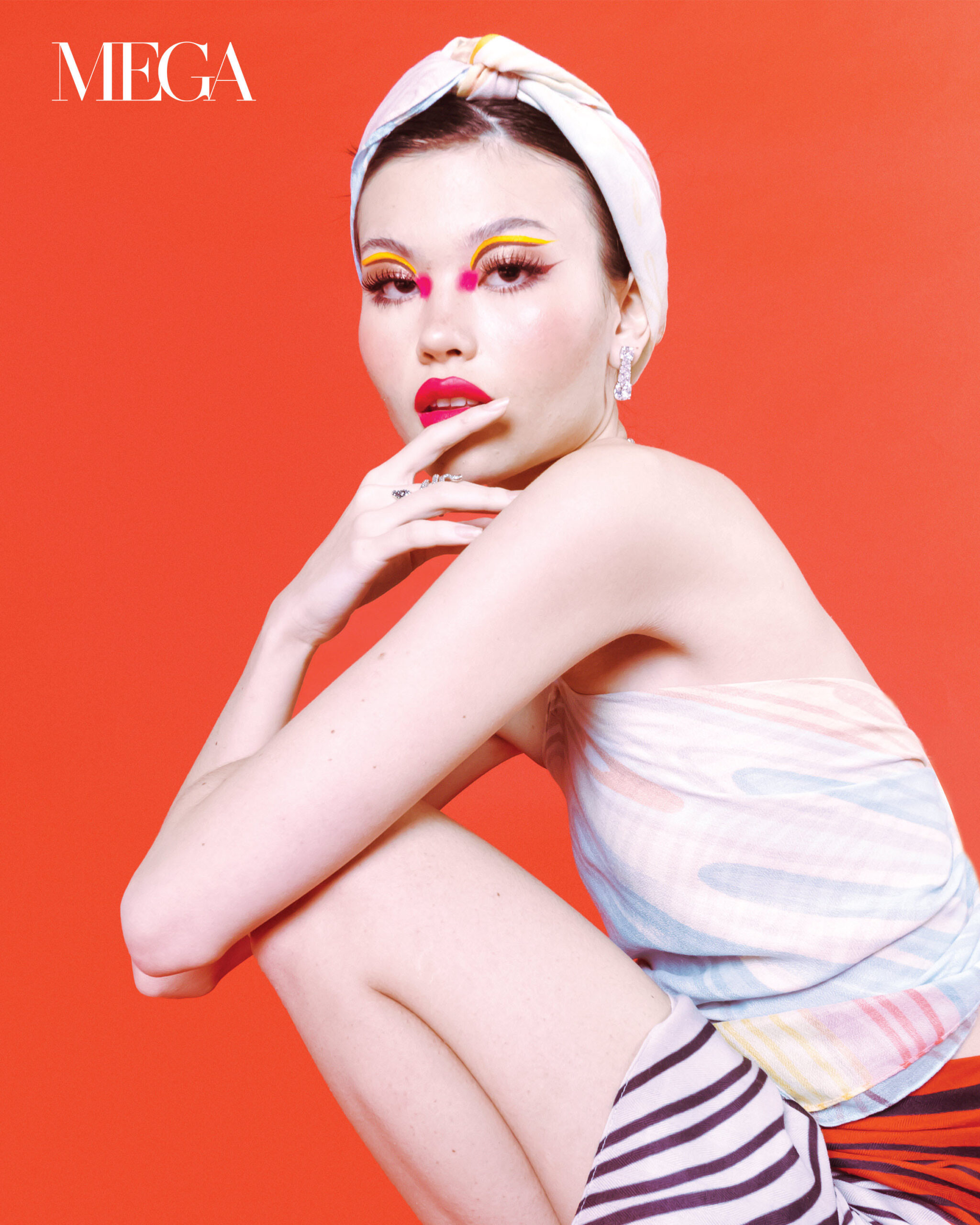Unleashing the Style Debate on Dress Codes
With dress codes, fashion has long been at the heart of a clash between two formidable adversaries: Fashion Freedom and the Fashion Police
Self-expression may relieve us from stress, but in style, it is also home to perennial and spirited debates—like dress codes. The clash centers on the intriguing concept of dress codes and whether they stand as champions of personal expression or gatekeepers of societal norms. It’s a contentious issue that thrusts the mavericks of fashion into direct conflict with the sentinels of tradition, and it’s a debate that warrants a deeper exploration. Yet, this enduring debate is on the battle of philosophies. Should fashion be a celebration of the bold and unique or should it conform to established norms and maintain a sense of decorum?
RELATED: The Showdown Between Haute Couture vs. Prêt-à-Porter
A language spoken through fabrics, colors, and styles, dress codes play either a structured or nuisance role in our lives. It is a medium through which we convey our identities, express our creativity, and engage in a constant dialogue with the world around us. In this sartorial skirmish, the core question remains: how much autonomy should individuals possess in their choice of attire? Do dress codes inhibit the unfettered wings of creativity and individuality or do they stand as essential pillars upholding the delicate edifice of societal order? The answers, if they exist, lie within the complex folds of fabric and the deep shades of personal style.
Fashion Freedom: The rebel’s manifesto
For those who champion the cause of Fashion Freedom, clothing transcends its material form. In essence, it is a building upon which individuals construct their identities, a stage where creativity dances freely, and a platform to challenge the established norms. They argue that with their stringent rules and unforgiving conformity, dress codes shackle the soul’s expression, much like a corset of tradition, constraining the wearer’s artistic spirit. It is more suffocating than a too-tight tie at a summer wedding. Exaggeration aside, they will eventually faint.
Fashion Freedom enthusiasts delight in the diversity of styles and the daring statements made possible through clothing choices. They see dress codes, especially in educational institutions and corporate environments, as agents of homogenization, curbing uniqueness, and promoting conformity. In their view, personal style should be a vibrant personality to one’s character, not a uniform code dictating conformity.
Fashion Police: The enforcer’s perspective
On the other end of the runway, the Fashion Police maintain that dress codes are vital for upholding order and propriety in various settings. They argue that such guidelines serve a critical purpose in places like schools, workplaces, and formal gatherings. To them, dress codes are not instruments of repression, but rather tools for establishing professionalism and showing respect for the environment.
Dress code proponents believe in the unifying power of attire. In educational institutions, they argue that dress codes reduce distractions, foster a focused learning atmosphere, and prepare students for the expectations of the professional world. In workplaces, they are seen as instruments to ensure that employees project a positive image to clients and colleagues alike. They hold the notion that they aren’t here to dampen the parade, but ensure it stays on track and arrives at its destination of professionalism.
Navigating the gray area
It becomes evident that there’s ample room for both Fashion Freedom and the Fashion Police. Striking a balance between personal expression and societal decorum is a challenging but necessary endeavor. It calls for crafting dress codes that honor individuality while preserving the integrity of the given context. Finding the sweet spot between unbridled personal expression and the tight embrace of societal decorum is a task akin to crafting the perfect outfit—challenging, but necessary.

Ultimately, the debate over dress codes isn’t a binary argument, but a spectrum of grays. It demands a subtler touch, a finesse for the art of compromise. It’s about tailoring dress codes to respect individuality while maintaining the order of the given setting. It requires a nuanced understanding of when and where dress codes are appropriate, and when they might become unnecessarily restrictive. As style can be a potent form of self-expression, finding common ground between freedom and restraint is the key to ensuring that our wardrobes remain as varied as our thoughts.
A fashionable medley
As you don that power suit for an important meeting or express your personality through a vibrant ensemble, remember that our choices are a dynamic stance on where personal style and social decorum can coexist simultaneously. In a more progressive, liberating world, it’s time to embrace both the rebel and the enforcer within us, celebrating the rich styles of possibilities.
Our attire tells stories, and personal style is a language all its own. The debate over dress codes, between Fashion Freedom and the Fashion Police, will persist, evidence to the enduring power of clothing to convey identity, values, and aspirations. As we navigate further, we allow ourselves to learn and adapt, recognizing that our choices can be both artistic and respectful, individualistic and considerate. The key is a balancing act to ensure that our wardrobes remain as diverse and expressive as our individual perspectives.
Photos MEGA ARCHIVES
The post Unleashing the Style Debate on Dress Codes appeared first on MEGA.
Unleashing the Style Debate on Dress Codes
Trending Updates Central

No comments: